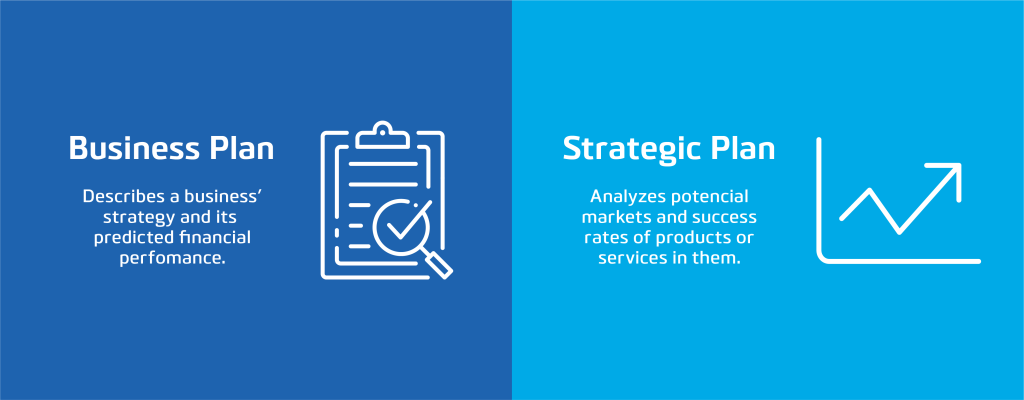Post-pandemic business is not business-as-usual, but those with a coherent strategy or action plan to achieve long-term goals are navigating the challenges better, assessing the environment more clearly, and making solid choices about opportunities.
Rebooting (or creating) a clearly defined business strategy can be the difference between an SME that survives, and one that thrives.

Why a reboot?
Particularly as we move from response to recovery following Covid and we continue to struggle with supply chain disruptions, changed technology, and staffing shortages, a strategy reboot is necessary to maintain existing gains and to grow business into the future. A reboot will define how your business operates and narrows choices so you can determine your own future.
The world, and business, is never going to be the same as it was before Covid. Now is a great time to assess what has changed – temporarily, permanently, and fundamentally across competitors capabilities, collaborators, customers and conditions – including environment, social and government.
Before you get started on a strategy reboot make sure your leadership team has alignment and clarity around where you’re trying to get to, and why. Ensure everyone throughout the business is clear on the company’s objectives and ceases activities that don’t contribute to these goals.
How do you know that a reboot is needed?
- You’re not achieving business results if you’re consistently missing financial targets. Revisit your strategy to verify it is still the right direction.
- If your strategy consists of financial targets and a long list of initiatives, you may have a plan not a strategy. It’s time to map out a solid strategy to achieve those big aspirations.
- If you’re not clear on the impact of disruption on your business, it’s time to take a step back, conduct a disruption audit, and incorporate the implications into your strategy.
- If there’s no clear focus and priorities, which are essential to a great strategy, it’s time for a strategy reboot.
- If not everyone is buying into the existing strategy. Co-creating, vetting, and aligning on the strategy with the leadership team are critical to success. It’s equally important to gain buy-in throughout all levels of the organisation so ensure buy-in is part of the strategic process.
Great strategy leads to great business results. If your business is growing, strategy is clear, priorities are focused, potential disruption is addressed, and everyone in the organisation is on board, you’re on the right track.
If this doesn’t ring true, your strategy may need a reboot.
What’s the difference between a strategy and a plan?
They’re often used interchangeably since both are focused on achieving goals. If your plan is actually based on a strategy, no problem. However, a plan tends to be narrow in focus and more concrete with all the steps mapped out – it’s great for keeping you on track. On the other hand, strategy is taking a step back, looking at the big picture, and making tough choices on how to uniquely position your organisation for success.

While your strategy reboot may need to stretch across the organisation, it might also focus on a single aspect of your business. For example, a construction business might be across capability, facilities, a loyal customer base, and profitability so a strategic problem may be succession planning. An online marketing platform may have great performance but leadership are wanting to address how to respond to new market entrants in a super competitive environment.
From here, there’s 4 steps you can take to reboot your strategy and drive your business toward an agreed path or target.
Step 1: Determine your position
- Conduct a scan of macro and micro trends in your industry and environment
- Identify market and competitive opportunities and threats – What do you want to capitalise on? What do you need to mitigate?
- Clarify your target audiences and value proposition – Who are we providing value to?
- Gather and review team, senior leadership and partner feedback to determine strengths and weaknesses – What do you want to build on? What do you need to fortify?
- Collate information into a SWOT
- Solidify competitive advantages based on key strengths – What are we best at?
Step 2: Develop your strategy
- Re-evaluate your primary business, organisational purpose (mission) and business model – What is our purpose? Why do we exist? What do we do?
- Identify your corporate values (values) – How will we behave?
- Create an image of what success would look like in 3-5 years time (vision) – Where are we going?
- Formulate organisation-wide strategies that explain your base for competing – How will we succeed?
- Agree on the strategic issues you need to address in the planning process
Step 3: Develop your plan
- Develop your strategic framework and define long-term strategic objectives/priorities – What must we focus on to achieve our vision? What is most important right now to reach our long-term objectives?
- Set short-term specific, measurable, attainable, responsible and time bound (SMART) organisational goals and measures
- Select which measures will be your key performance indicators (KPIs) – how will we measure our success?
Step 4: Executing your rebooted strategy
- Establish an implementation schedule – How will we use the plan as a management tool?
- Train your team how to manage their part of the strategic plan
- Review progress and adapt the plan at Quarterly Strategy Reviews and on an annual basis too
KEY TAKEAWAYS
Predictive analytics is the process of using known results to create, process, and validate a model that can be used to make future predictions.
Companies can use predictive modelling to forecast events, customer behaviour, as well as financial, economic, and market risks.
Beyond Advisors has a unique capability with our own mathematician on our team to offer professional advice, including predictive analysis, for businesses of all shapes and sizes. For any help or assistance on the data you need for predictive analytics you can get in touch with our helpful team today.